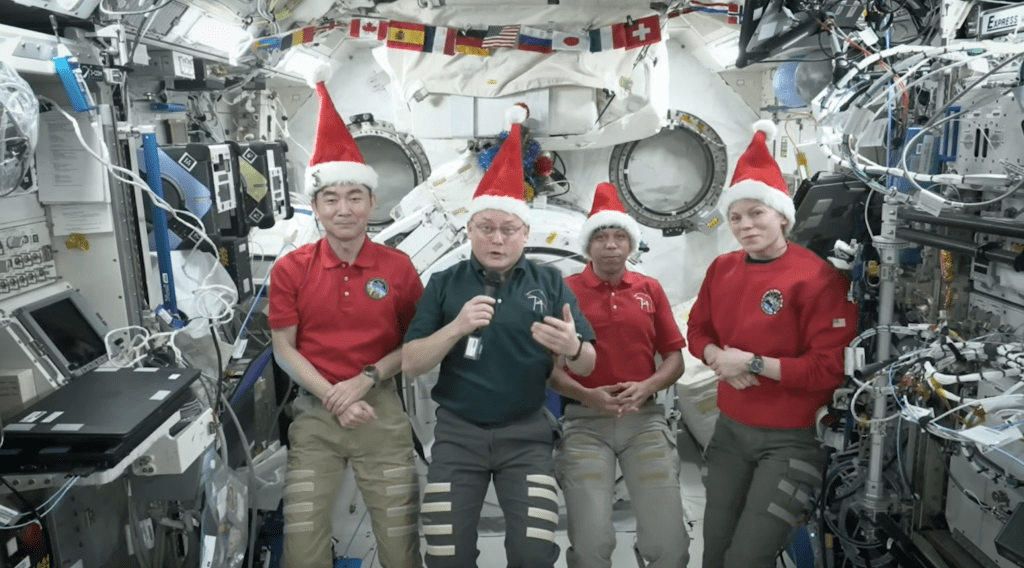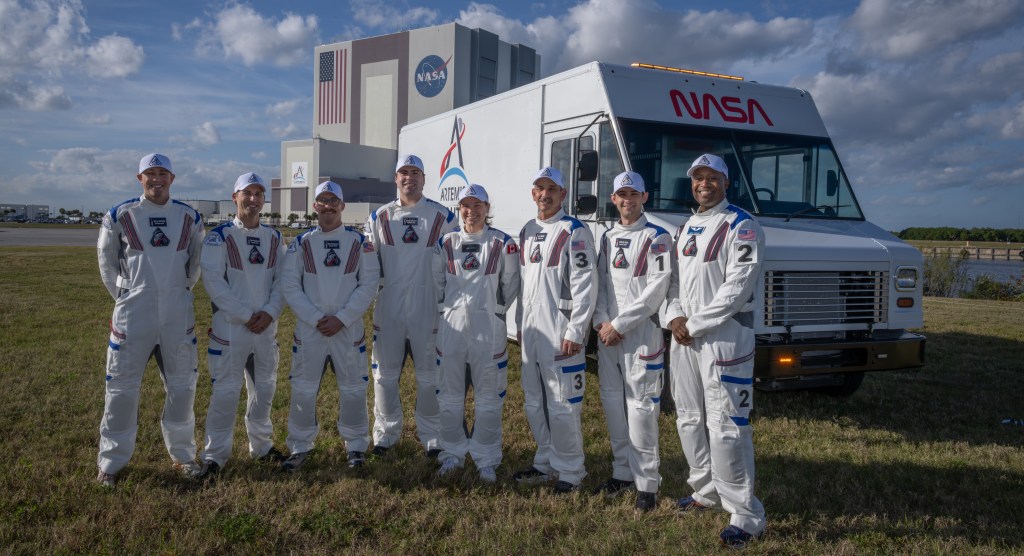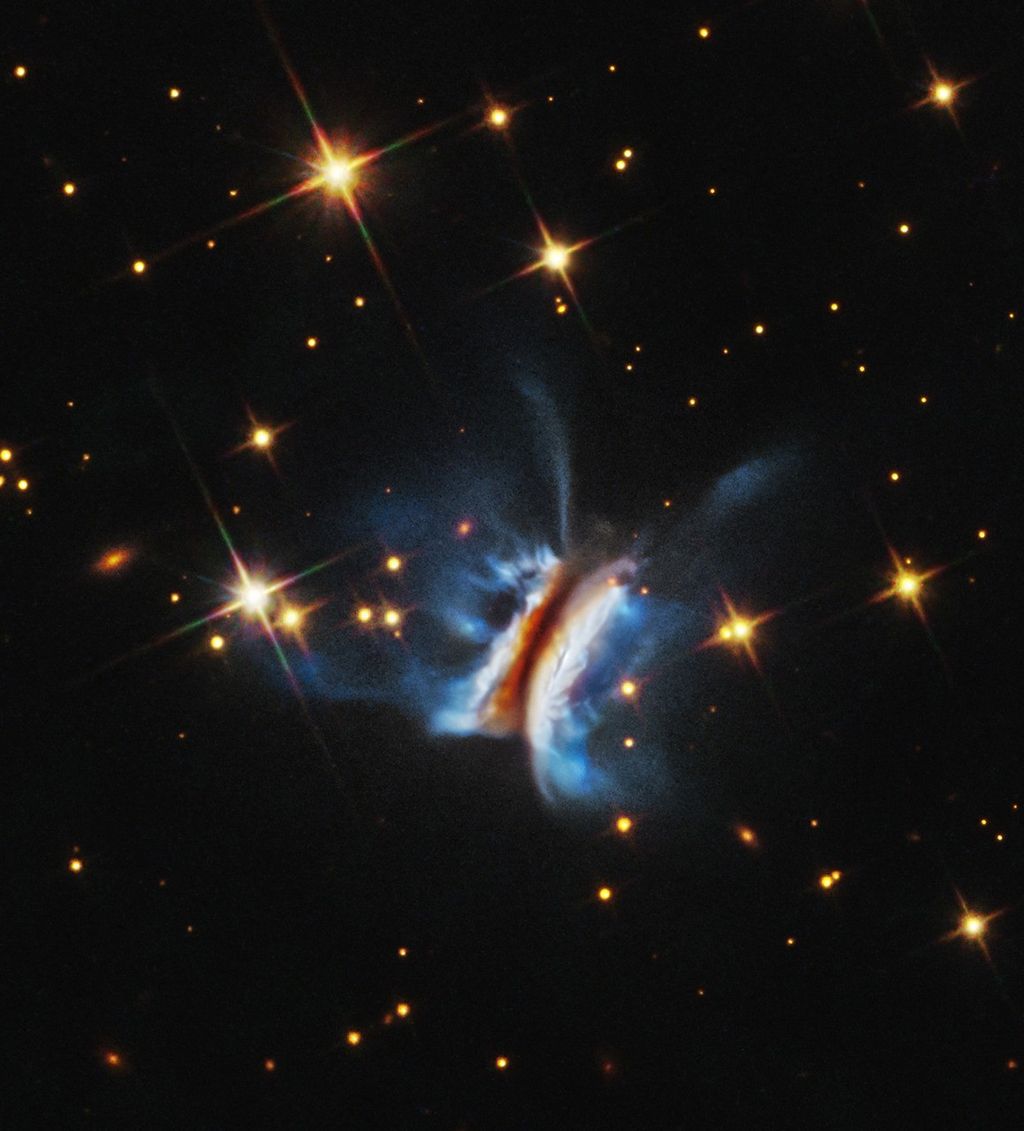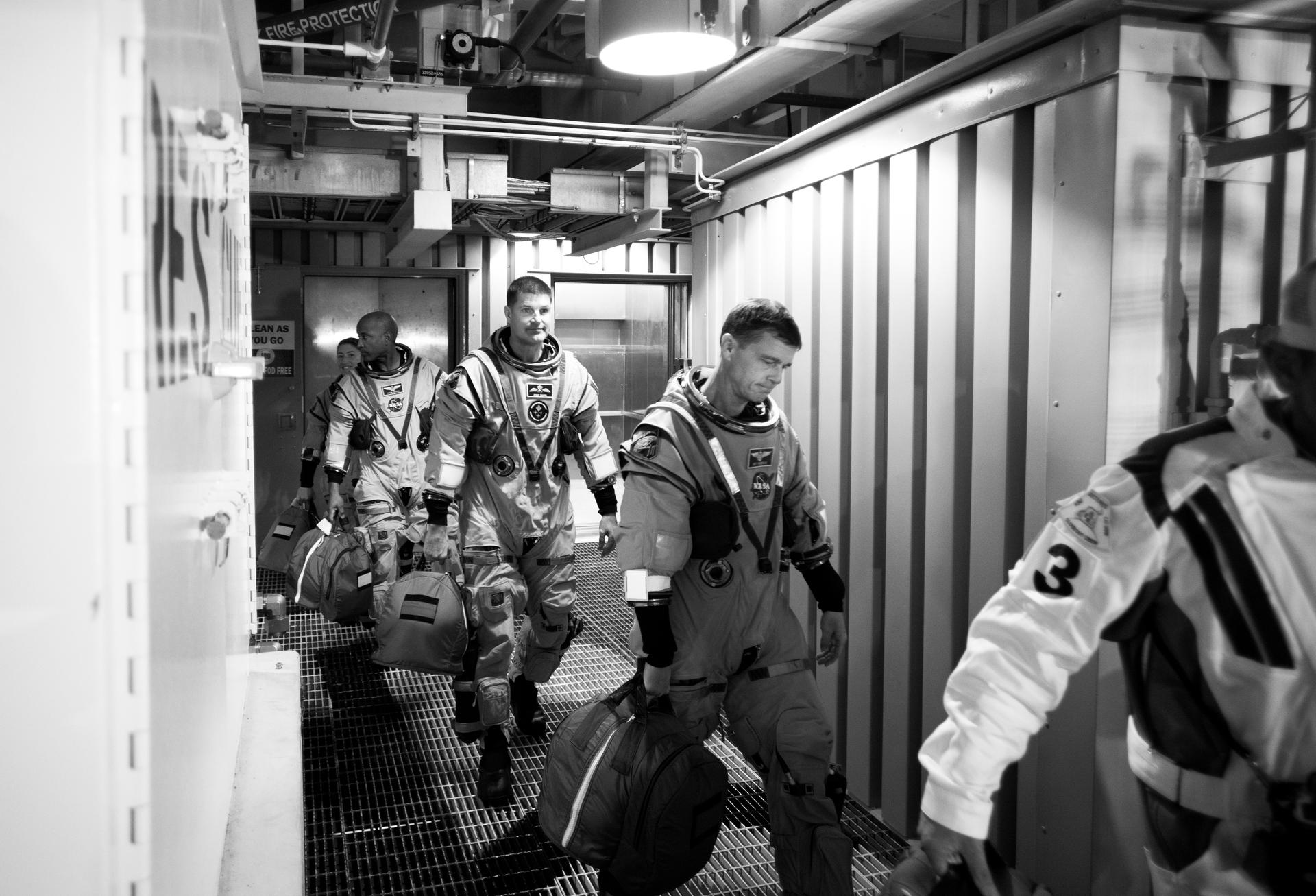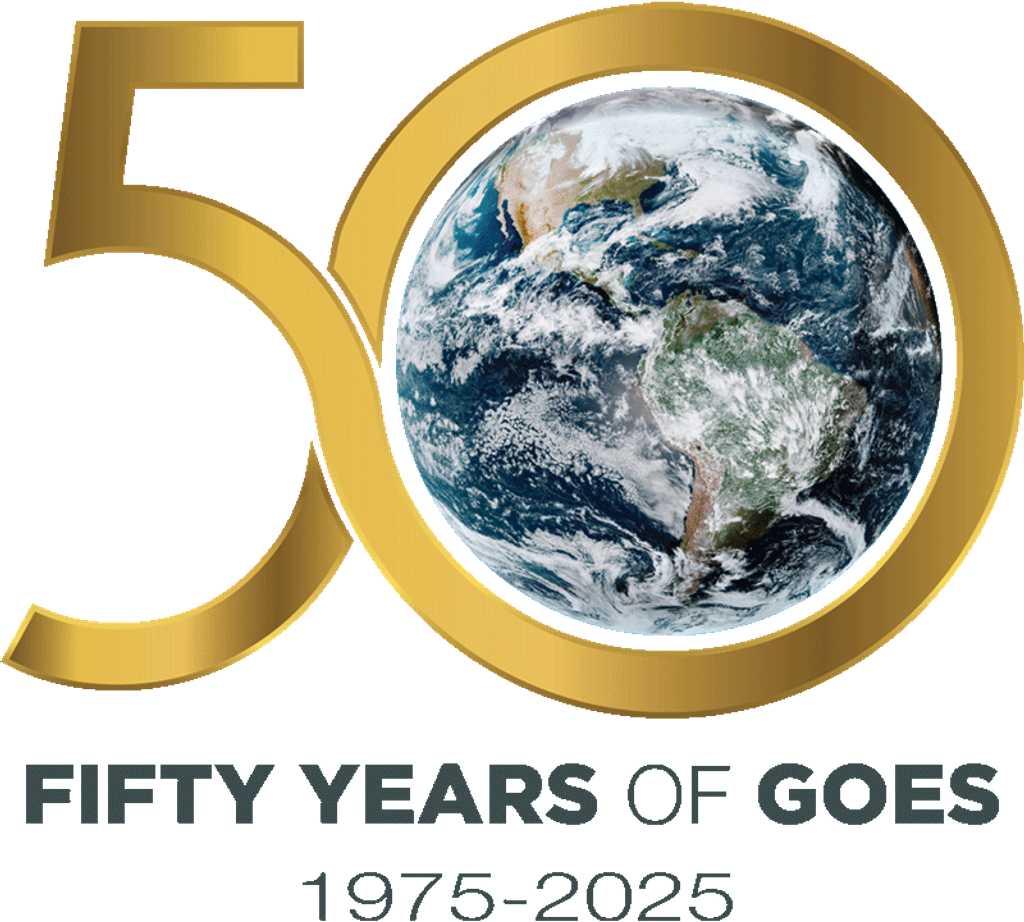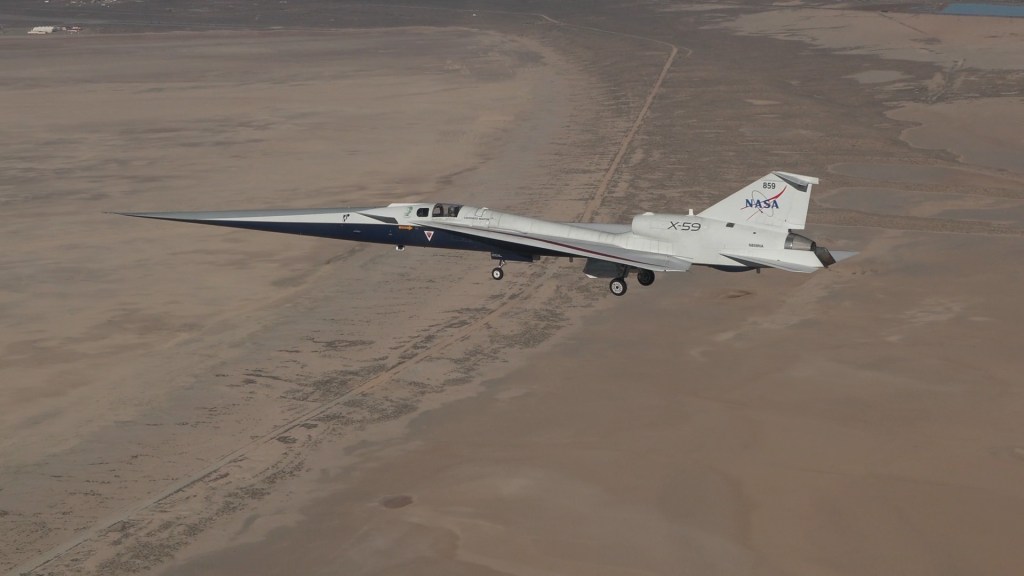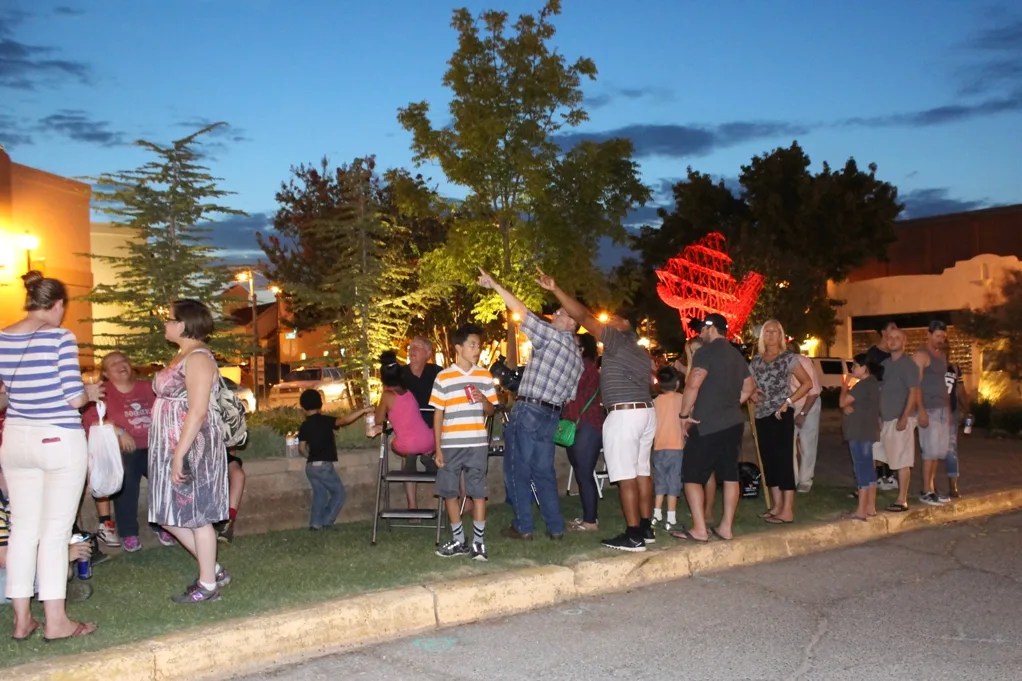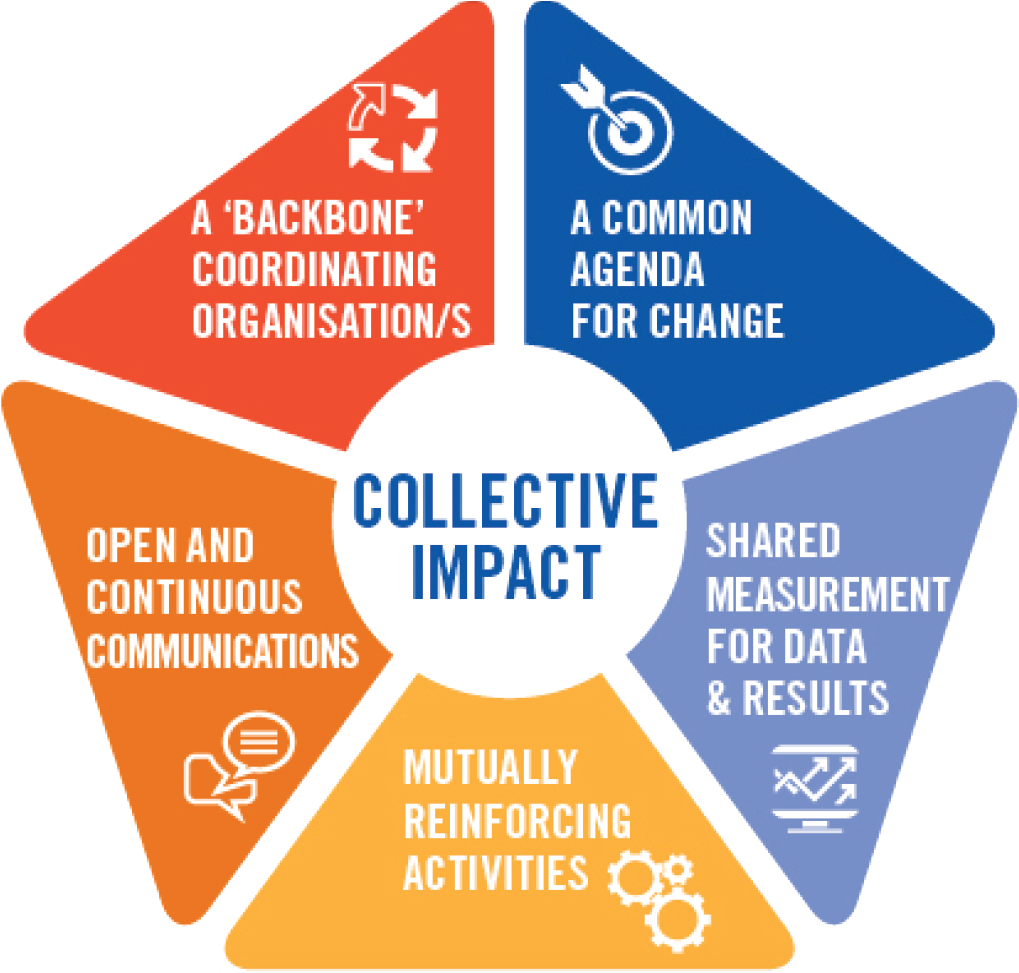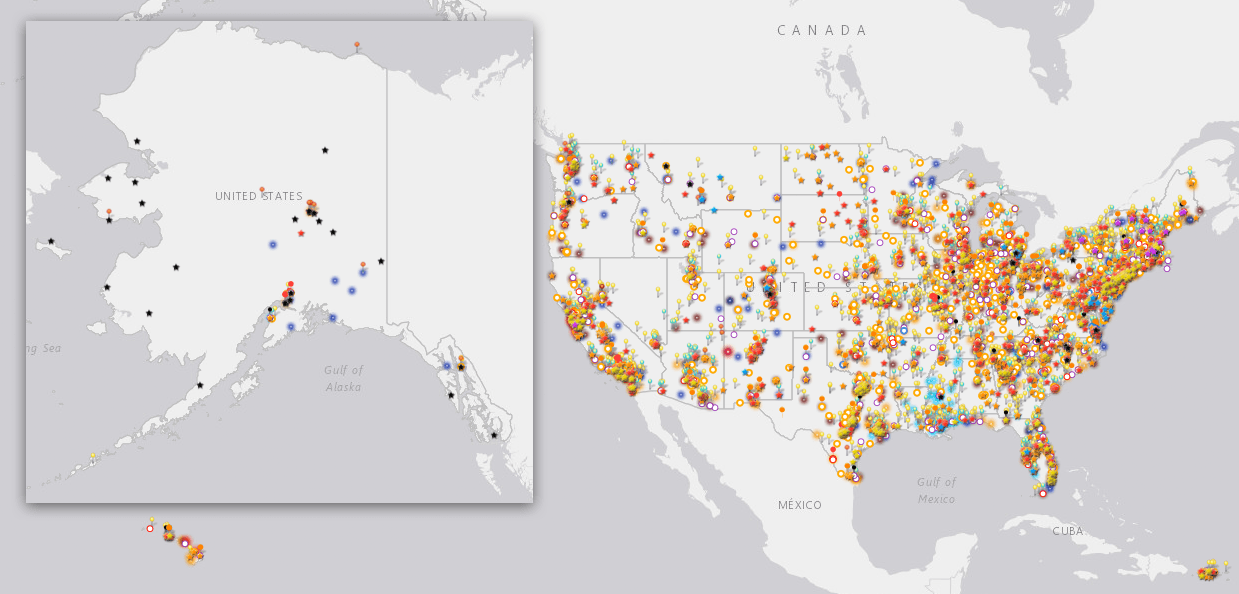Explore NASA Science Activities
NASA SMD Activities
Below is a summary of ongoing NASA Science activities that have worked in partnership with Science Activation, and/or that produce resources that may be of interest to SciAct teams. These activities and resources should not be duplicated within SciAct teams, but SciAct teams are encouraged to use these resources and/or partner with these teams as appropriate to accomplish shared goals.
- 3D Resources: A growing collection of 3D models, textures, and images from inside NASA
- Astrobiology Education: Resources relating to the search for life elsewhere.
- Astromaterials: Works with the most extensive collection of extraterrestrial materials on Earth including samples from the Moon, Mars, asteroids, comets and more.
- Astronomy Picture of the Day: Each day a different image or photograph of our fascinating universe is featured, along with a brief explanation written by a professional astronomer.
- Ciencia: NASA science news and content in Spanish
- Citizen Science: NASA’s citizen science projects are science projects that rely on volunteers: collaborations between scientists and interested members of the public. The projects span all five of NASA’s science divisions, inviting participants to contribute to rigorous NASA science in a variety of ways including taking data, analyzing data, and leading investigations. New projects are selected every year. Citizenship is not required for participation.
- Earth Observatory: NASA’s Earth Observatory brings you the Earth, every day: sharing images, stories, and discoveries about the environment, Earth systems, and climate that emerge from NASA research, including its satellite missions, in-the-field research, and models.
- GLOBE Program: The Global Learning and Observations to Benefit the Environment (GLOBE) Program is a worldwide Earth system science and education program that provides opportunities for students, educators, scientists, citizen scientists, and partners to better understand, sustain, and improve Earth’s environment at local, regional, and global scales.
- MY NASA DATA: supports the use of authentic NASA Earth data for educators and learners in grades 3-12 through scaffolded resources including mini-lessons, lesson plans, story map interactives, and a simplified user-friendly data visualization tool.
- NASA Eyes on Earth, Solar System, Universe: Experience Earth, our solar system, nearby asteroids, the universe, and the spacecraft exploring them with immersive real-time 3D web-based apps.
- NASA Solar System Treks: browser-based portals that allow you to visualize, explore, and analyze the surfaces of other worlds using real data returned from a growing fleet of spacecraft.
- Space Place: inspire and enrich upper-elementary-aged kids' learning of space and Earth science online through fun games, hands-on activities, informative articles and engaging short videos.
- Scientific Visualization Studio: produces high-quality, data-backed visualizations, animations, and images to promote a greater understanding of Earth and Space Sciences
- Visualization, Exploration, and Data Analysis (VEDA) Project: an open-source science cyberinfrastructure for data processing, visualization, exploration, and geographic information systems (GIS) capabilities. VEDA provides a collaborative science environment for data analysis and exploration, an interactive visual interface for storytelling, and exploratory GIS and data analysis capabilities.
- Worldview: an easy-to-use visualization tool that allows users to interactively browse, compare, animate, and download over 1,200 visualized satellite data products. Many of those products are available within hours of being acquired—essentially showing the entire Earth as it looks "right now". This supports time-critical applications, such as wildfire management, air quality measurements, and flood monitoring, as well as longer-term historical studies.
Related NASA STEM activities from the Office of STEM Engagement
NASA’s Office of STEM Engagement (OSTEM) manages four projects that build the next generation aerospace workforce. OSTEM also provides cross-cutting support functions to all organizations implementing STEM engagement efforts at NASA. Search NASA’s STEM engagement resources for students, educators, and institutions, explore funding opportunities supported by OSTEM, and learn more about NASA's Space Grant Project in your state.

